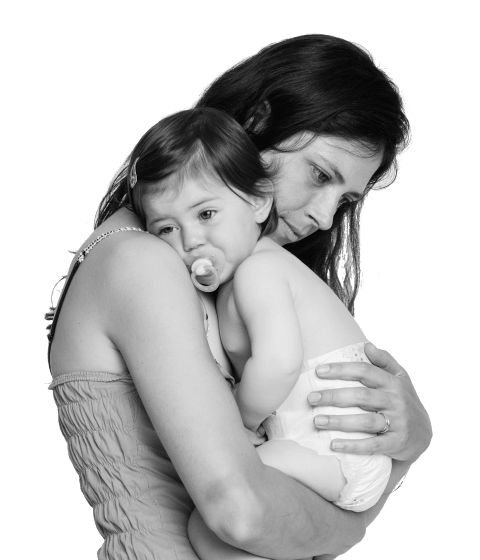Impact

Diaper Gap
According to the U.S. Census, over 6 million Texan families currently live in poverty, including 2 million children under the age of 4. In examining poverty’s many effects, individuals typically overlook or ignore one critical material hardship affecting impoverished families: diapers. The diaper gap is the lack of access to an adequate supply of diapers and other healthcare products impacting the physical, mental, and economic well-being of individuals.
Physical Health
Diaper rash and urinary tract infections
Mental Health
Depression
Familial & maternal stress
Economic Well-being
Unable to work
Unable to participate in job-readiness or higher education programs
A real need
Diapers are necessary healthcare products. If parents do not change their child’s used, wet diaper, their children have a 25% chance of developing diaper rash (diaper dermatitis). Although necessary healthcare products, diapers prove too costly for families in crisis. Babies typically use 6-12 diapers daily, a monthly cost of $125/child. Nevertheless, many federally-funded safety net programs—including Medicaid, WIC, and SNAP—do not subsidize diapers. And even if parents join the workforce to change their financial situation, childcare may be limited, as most daycares require diapers.
However, the diaper gap affects not only infants and toddlers, but also seniors. As the aging population increase, incontinence health issues also increase. 1 in 3 seniors will suffer from incontinence at one point in their lives. Incontinent seniors spend anywhere from $265-$420/month on incontinence supplies. Seniors living on a limited income do not have the economic resources to purchase an adequate supply of incontinence products to live normal healthy lives. Yet, traditional insurance health plans do not provide assistance with incontinence products.




